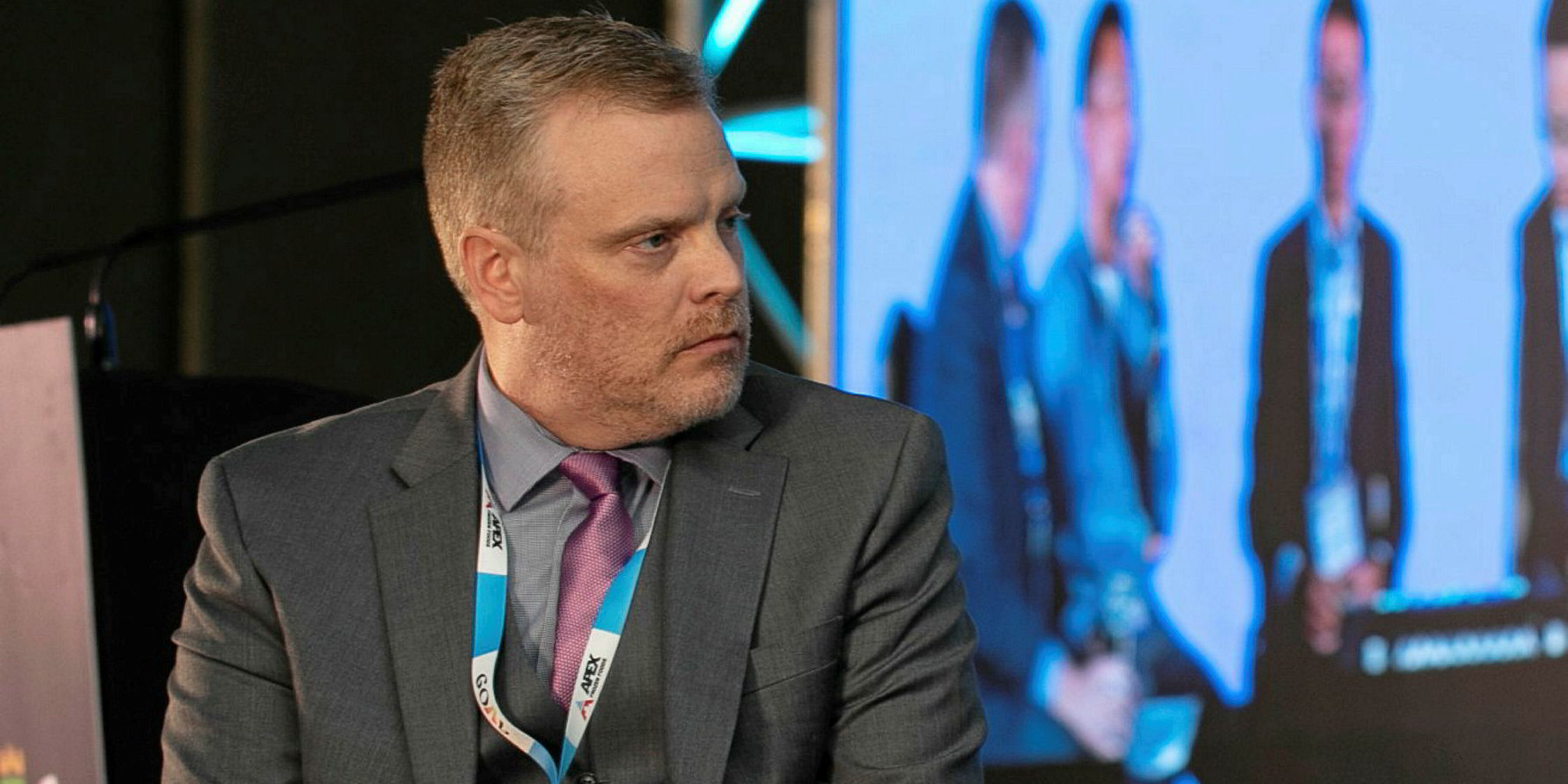The following letter was sent to IntraFish by Steve Hart, vice president of Market Development-Asia for the Global Aquaculture Alliance's Best Aquaculture Practices (BAP) program.
As I read the news on IntraFish of the threats facing the global salmon farming industry, such as climate change inducing massive mortalities and extremist NGOs vowing to completely shut the industry down, I started to reflect on our recent Best Aquaculture Practices (BAP) Marketplace Forum held in Qingdao, China, on Oct. 29, the day before the 2019 China Fisheries & Seafood Expo (CFSE). There we heard a projection that Chinese demand for salmon is expected to double to 200,000 metric tons by 2022. As I heard this projection, I asked myself, “Where will this 100,000 metric tons of salmon come from?”
When I look at projections for salmon production, like those we just presented at our annual Global Outlook for Aquaculture Leadership (GOAL) conference in Chennai, India, we see that perhaps an additional 150,000 to 175,000 metric tons will be added by 2022. Is it reasonable to expect that more than half of the available new salmon supply will end up in Chinese markets? That was the question I thought about for the next three days of CFSE.
As we consider this growing demand, we must also look at the trends in the Chinese market versus the supply situation from the major producing regions. First of all, we know the Chinese market prefers larger Atlantic salmon, greater than 6 kilos. Currently, the Chilean producers have been able to supply larger sized Atlantics to the Chinese market on a more consistent basis than Norway. So, in that regard, Chile has the current advantage.
However, the Chilean industry has also been faced with growth issues and is only projected to grow just over 3 percent over the next two years (714,000 metric tons to 738,000 metric tons). Likewise, the Norwegian industry is projected to grow less than 5 percent in the same time frame (1.33 million metric tons to 1.39 million metric tons). Not even considering the Chinese size preference, the world’s two largest producing Atlantic salmon countries are only projected to add an additional 91,000 metric tons by 2021.
There is also a wildcard in the supply scenario: large-scale salmon recirculating aquaculture system (RAS) projects. There are now RAS salmon farm projects in development all around the world, totaling close to 900,000 metric tons of production upon reaching their stated full capacities. However, there is very little actual tonnage being produced from any of these projects today. The RAS salmon concept is still a work in progress, and no one knows what impact it will eventually have on the market.
Where does this leave the conversation, and how will the global salmon industry meet not only the rapidly growing demand for salmon in China, but also around the world?
As I wrapped up my time at CFSE, I realized the role of sustainability organizations like the Global Aquaculture Alliance (GAA) is going to be critical in assuring that we can all rise to the challenge. However, GAA can’t do this alone, just as no other single conservation organization, government agency or for-profit company can accomplish sustainable salmon growth alone. It will only happen through a concerted multi-stakeholder effort of coming together and addressing market needs.
As I consider how the Chinese market can help assist the sustainable growth of the salmon industry, I realize we need market leaders. We need more retailers like Hema (Alibaba), Yonghui and 7Fresh (JD.com) and more foodservice and hotel groups like Haidilao and Grand Hyatt China to step up and work with organizations like GAA, and also work directly with producers around the world.
This is the only way we will meet the growing demand for salmon in a responsible and sustainable way. My personal area of expertise is market development in Asia, but I believe the same arguments hold true for all regions.
Check out IntraFish's analysis on the land-based companies and the sector's technology: Download a free sample report here or reach out to us at Intelligence@IntraFish.com

